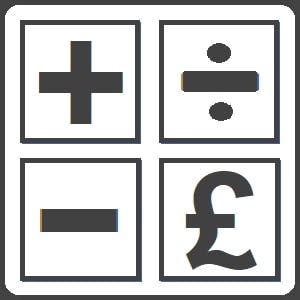How to Protect Your Digital Wallet ?

Digital wallets offer convenience—but criminals are exploiting that. In the UK, fraudsters have tricked people into sharing their bank card details and one‑time passcodes (OTPs), then secretly added those cards to wallets they control. For example, fake “fuel bill help” or “undelivered parcel” messages are used to trick victims into giving OTPs, which are in fact used to activate wallet registration.
Beware of Online Phishing & Scams
• Fraudsters obtain or trick you into revealing card data, then link your card to a wallet they control, allowing spending without further checks.
• Many scams begin with phishing emails, bogus adverts or “helpful” offers like “save on your gas bill,” “claim your parcel,” or “government rebate.”
• They ask for the OTP your bank sends you—not for purchases, but as “verification.” In reality, the OTP enables them to add your card to their digital wallet.
Common Scam Steps
- You receive a message or ad offering some “help” or refund.
- You click a link or enter card data on what looks legitimate.
- You’re asked for the bank’s one‑time passcode.
- That OTP is used to link your card to a criminal’s digital wallet, often without your realizing.
How to Protect Yourself from Phishing Scam
• Never share OTPs—even if someone says they “sent” it to you. Call your bank if in doubt.
• Be skeptical of unsolicited offers or messages claiming to help you with bills or refunds. Don’t click links or scan QR codes unless you confirm their legitimacy.
• Check your card settings regularly: see whether your card is linked to any wallets you don’t recognize.
• Inspect URLs carefully—watch for slight misspellings or odd domain endings.
• Be cautious when scanning QR codes in public places—fraudsters sometimes overlay malicious codes over legitimate ones.
• Enable stronger authentication (e.g. fingerprint or biometric) where possible instead of relying solely on SMS OTPs.
What to Do If You Suspect a Scam
- Contact your bank immediately and ask them to block or freeze the card.
- Report the incident to Action Fraud (the UK’s national fraud reporting centre).
- Change passwords and enable more secure authentication across all your accounts.
- Monitor your bank statements and wallet activity closely in the following weeks.
The bottom line: digital wallets bring ease—but that same ease can be turned against you. Stay critical. Don’t share OTPs. Double-check links and QR codes. Your alertness is your best defense.
#DigitalWalletSecurity #UKScamAlert #PhishingPrevention #WalletFraud #ProtectYourMoney
Contact Us
Send a Message
Get in touch to discuss with us how we can best assist you.
